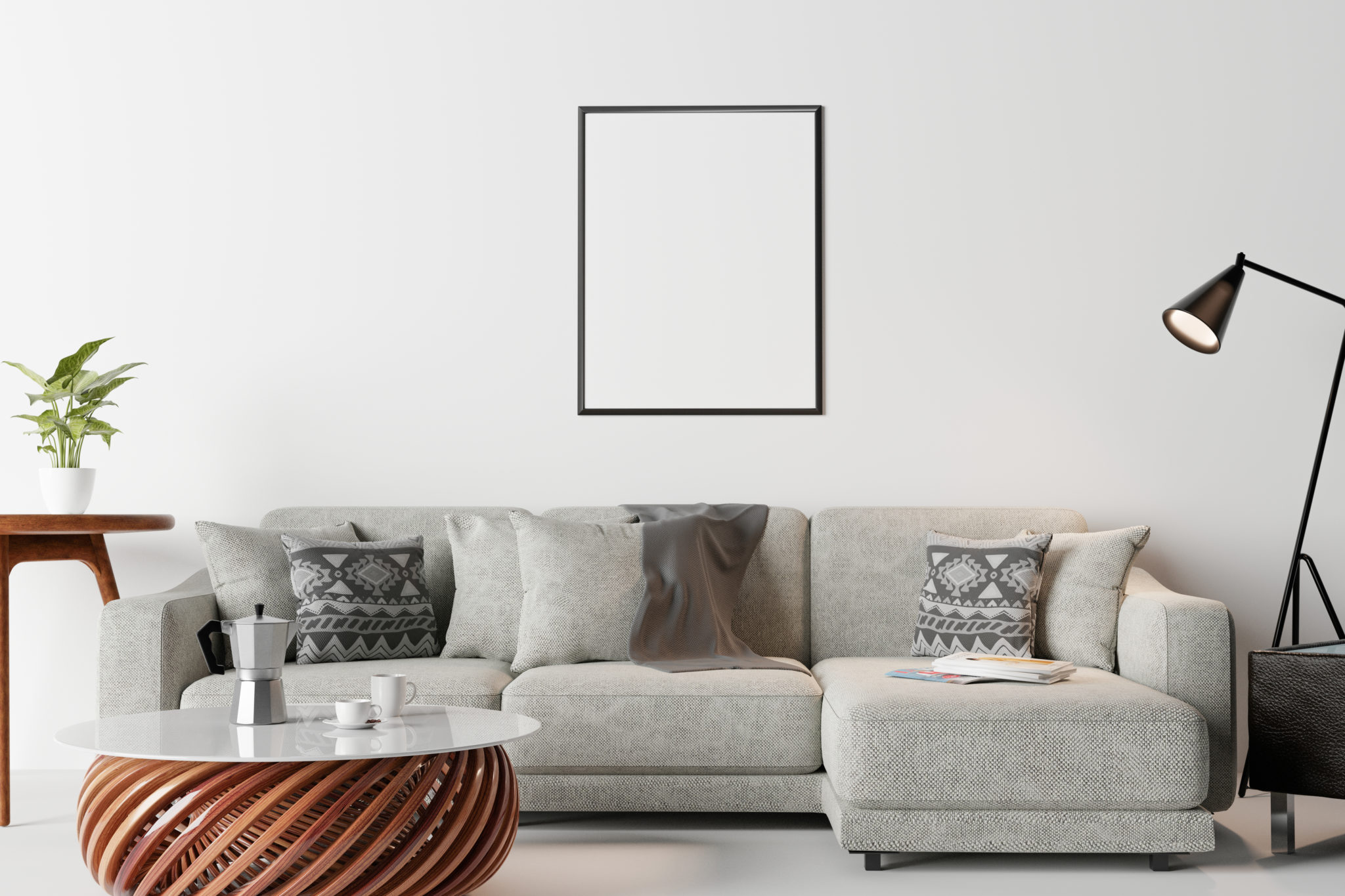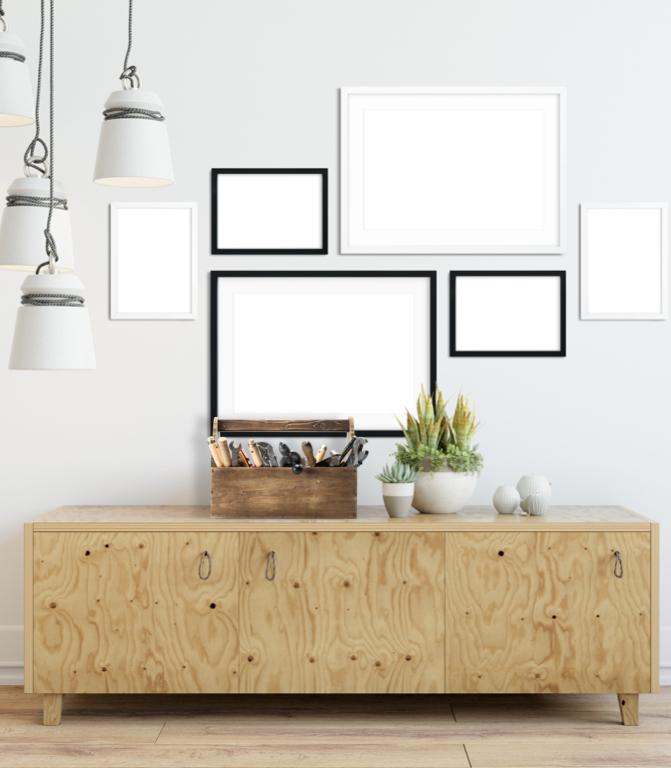“Why are my clients only buying digitals?”
It’s one of the most common questions I hear from professional photographers. They try to sell more physical products like wall art and print albums, but no matter what, their clients just keep asking for digitals only. I’ve been hearing it for years and years… over and over again.
When I first set out to solve this problem, I made several assumptions:
If the clients are only buying digitals, they’re making that decision in a sales session — which means it must be a sales problem. Something the photographer is doing in the sales appointment is NOT working. If they’re not selling high-end products, they must be saying the wrong thing.
Also, it couldn’t be a problem with their marketing. After all, the client has already booked, showed up for, and paid for a session. And at the end of the day, at least the photographer is selling something, right? At least they’re booking clients.
That’s what I assumed at first.
I was wrong.
It turns out, the reason clients were only buying digitals is because digitals are all they ever thought they wanted… from the very beginning.
To put it another way, clients weren’t buying wall art or albums because they didn’t know about them until the very end.
This isn’t just a sales problem. It’s a marketing problem.
And there’s a solution:
Here’s what I discovered…
You Can’t Unsee It Once You’ve Seen It
If you didn’t already know, I am kind of a nerd. Everywhere I go, I’m constantly on the lookout for trends and tactics that are working in other industries that we can apply to professional photography.
One trend that has me totally stumped is how the self-storage industry has exploded in recent years.
Have you noticed it too? How are these places popping up everywhere?
At first, I thought it was just unique to my city. Then I learned how big of an industry it actually is.
As unsexy as self-storage may sound it’s a $39.5 billion industry. Yes. Billion. And it’s growing… 7.7% annually to be exact. To put that in perspective, that’s three times what Hollywood earns in box office sales in the US.
It’s a big deal, and it’s highly competitive. Which means there’s probably something we can learn from it.
As I saw more and more self-storage places pop up around me, I started noticing something on their buildings. Each building I saw was using the same tactic. And not just within the same company. I mean EVERY self-storage building.
If every business in an industry is suddenly using the same new tactic, then it’s probably working — or at least worth paying attention to.
See if you can spot it:
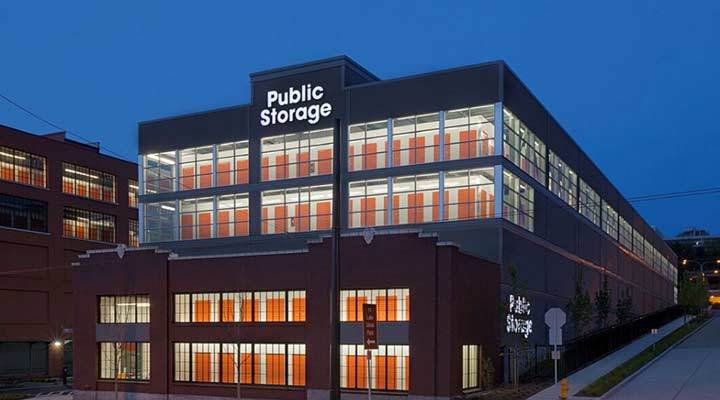
It’s something you should be able to notice when driving by from a distance…

Do you see it yet?
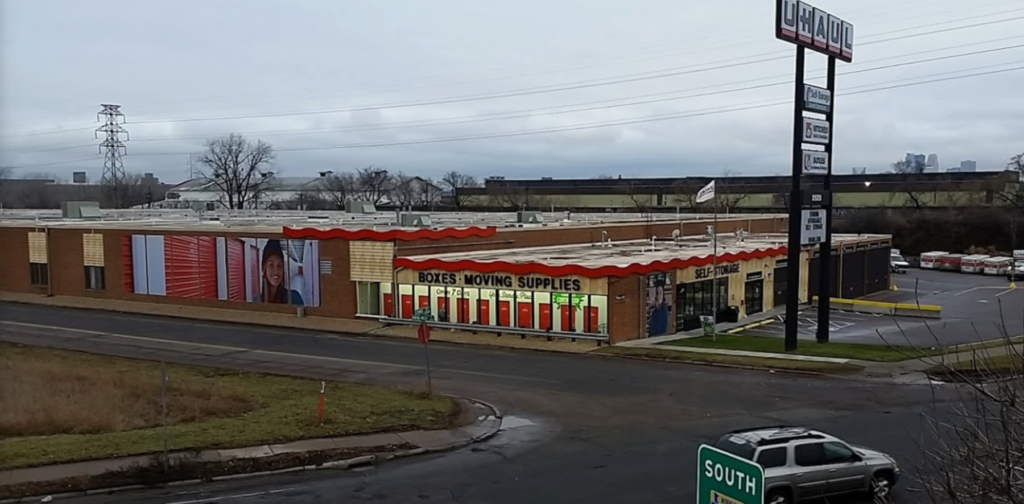
To make it super obvious, here is a (rather crude) gif I made:
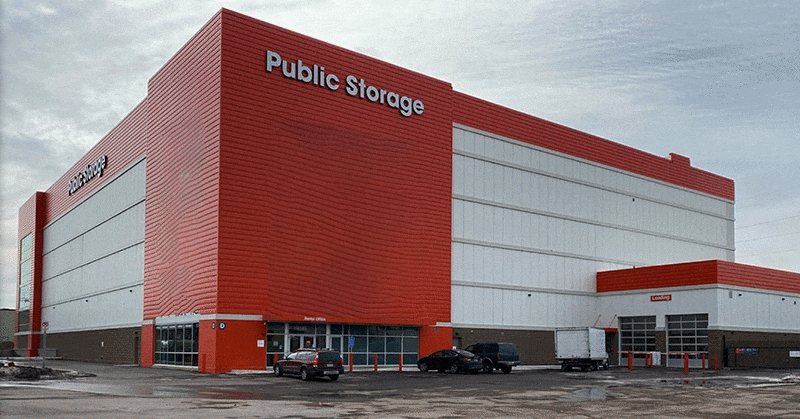
(I told you, I’m a nerd.
All of these businesses are doing something better than most photographers do on their websites.
They are SHOWING WHAT THEY SELL.
They have literally cut out huge sections of walls and installed thousands of dollars worth of windows and lights so everyone driving by can clearly see what they are selling.
Is that really necessary? Do we seriously lack the imagination to know what a storage facility looks like, that we need them to cut out walls and put in windows?
Well… yes. We absolutely need it.
There is something special that happens in our minds when we SEE things like this with clarity.
We can clearly see that it’s not some random warehouse or office building. It looks clean, safe and organized. But more than that, you can see what you’re getting when you rent a unit.
There’s so much power in clearly showing a customer what they’re getting before they purchase it.
Even U-Haul, the most popular moving equipment rental company and sixth highest-earning self-storage company, does this with their moving trucks.
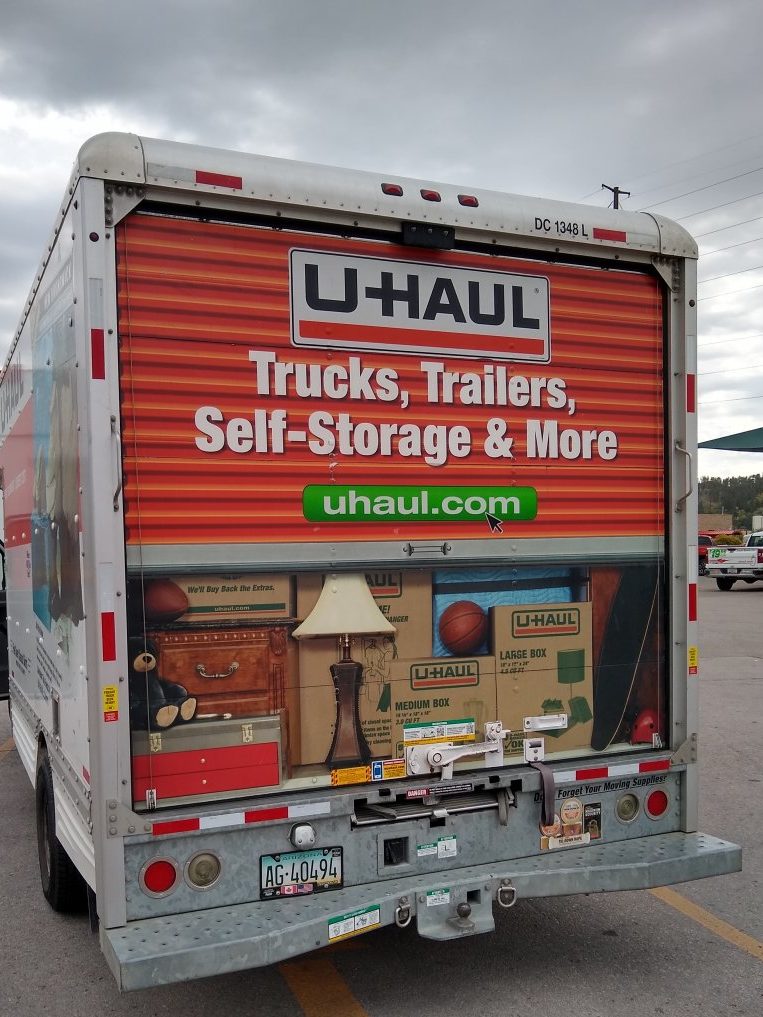
They show you exactly what your stuff would look like inside. They’re removing the need for your imagination.
And I promise you these companies wouldn’t be doing it if it wasn’t working — not in an industry that’s this profitable or competitive.
But it’s not just self-storage that’s tapping into this. It’s actually everywhere. Here’s another example…
Set The Expectation Early
Imagine that you walked into the wrong door in IKEA and all you saw was the warehouse section?
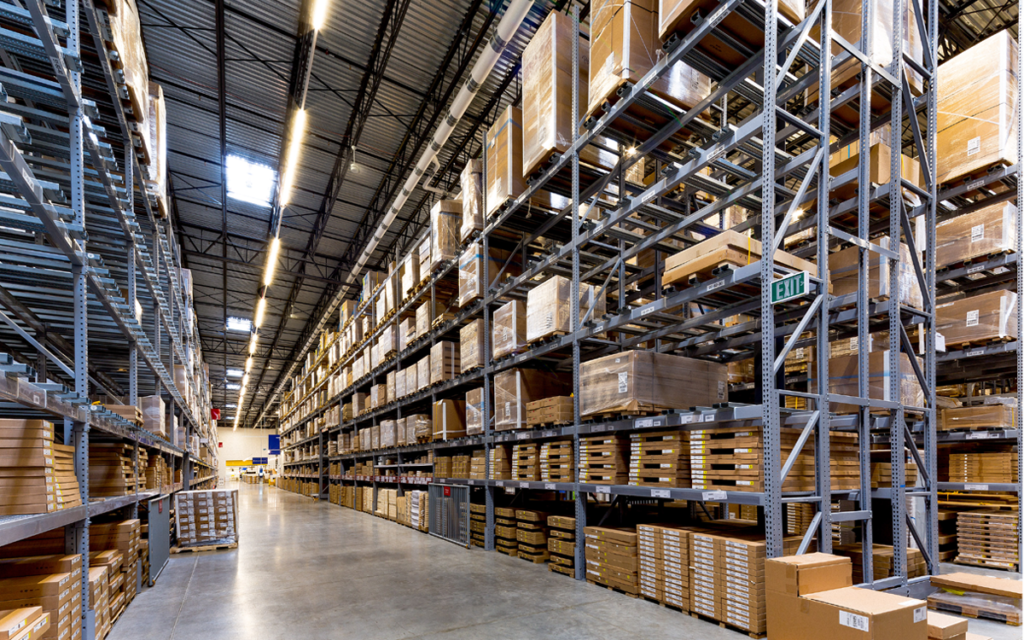
I bet you can imagine how much less you would spend if that was all there was. But we both know that the experience of going into an IKEA is much much different.
Before you get anywhere near choosing boxes off the shelf (boxes containing the actual products you went there for in the first place), you walk through what feels like miles of beautifully designed inspiration like this:
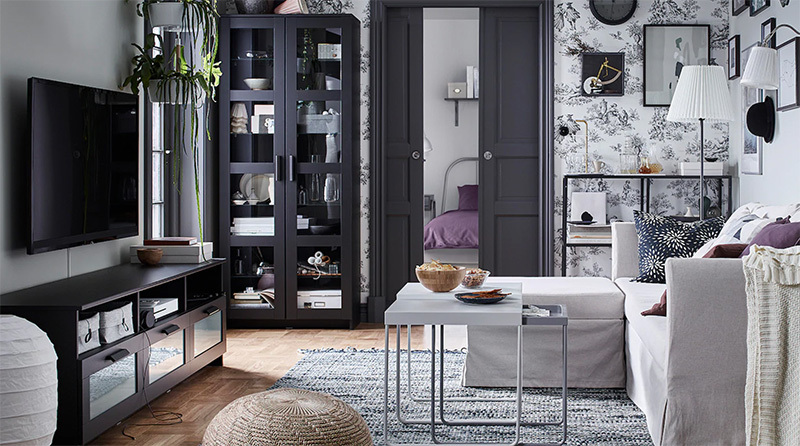
You walked in to shop for a coffee table. Now, seeing the coffee table in context of an actual room confirms that decision. You have to have it.
But you also HAVE to get the bookcase, because… well, just look at it! It’s beautiful. And the floor lamps are a perfect match. And that rug works so well with the legs of the coffee table, too. Let’s snag one of those on our way out as well.
You were already going to buy that coffee table. But seeing the lamps and furniture in an actual setting gave you a new experience and a new expectation. You can see what’s possible for your living room now, and you’re going to purchase accordingly.
Which brings me to my final point:
How well are you showing what you sell?
Do you have product samples? Great! That is a huge first step!
But what about the strangers visiting your website who can’t see those physical samples?
Are you showing off the wall art or print albums you sell on your website? Or in your pricing guide?
How soon do new inquiries see samples of the art you actually create (rather than just the pictures you take)?
Showing product samples in a sales session is great, but it will only get you so far. Those clients have already booked you and completed their shoot. They’re far along in your process and only expecting to purchase digitals. And those expectations can be really hard to overcome.
That means, we need to show what we sell earlier in our process so we can start to shape those expectations, and more importantly, build excitement and lead to even more bookings.
When I was first starting out, I was afraid to talk about products. Ever. I wanted them to just book the shoot so badly that I figured I would just bring up all the print and product stuff later.
But by hiding those vital details from my marketing and from my website, I was actually scaring the best kinds of clients away.
The ones that did book didn’t want any products. They just wanted the digitals. And because I never showed examples of product and print options up front, they were never interested when I tried to bring them up later.
I never set the expectation. I never showed them what I thought they should really buy. I didn’t show them the end result I was passionate about creating.
(Ah… if I only knew then what I know now.)
The better — and sooner — you show off beautiful product inspiration, the more clients will choose to book faster and spend more in the order session!
Big point: SHOW WHAT YOU SELL.
Want to create your own IKEA-style catalog for your website and marketing that attract clients who buy wall-art?
Check out The Sell More Toolkit, HERE >>>
